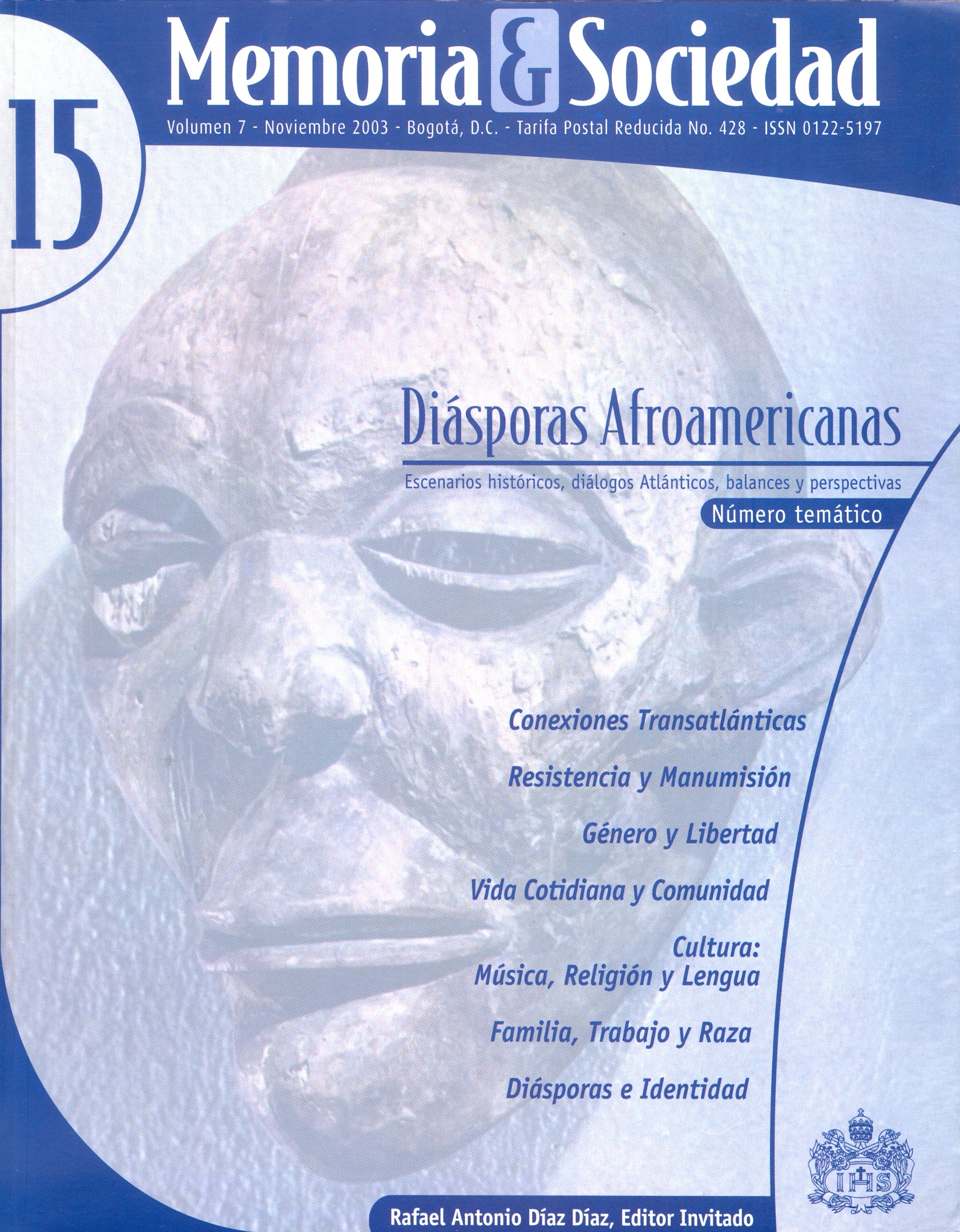Abstract
Translation from english: Germán Mejía Pavony
This essay explores Andrew Jackson's bloody victories over the Red Stick Creeks and Seminoles of Florida and the triumph of "the White man's republic", with a particular interest in the participation of persons of African descent. The people who would become the Seminoles moved into Florida from Georgia and Alabama in the eighteenth century to fill the vacuum created by the exodus or extinction of Florida's indigenous nations. Initially the Seminoles were staunch allies of the British, but in the late eighteenth century, Chief Payne and Payne’s successors, Micanopy and Bowlegs, reshaped Seminole foreign policy and became allies of the Spanish government.
Under their leadership the Seminoles also accepted into their lands many slaves who had run away from the United States and who lived in a sort of feudal arrangement with their "masters" and intermarried with them. These blacks recognized that Anglo rule would return them to slavery, so they, too, became fierce enemies of the Americans and allies of the Spaniards. For about a half century black and blood Seminoles struggled to maintain their autonomy on the volatile Southern frontier, but the United States was firmly committed to an expansionist foreign policy. Its interventions were motivated by territorial ambition, by the lingering fear that Britain would displace the weakened Spanish regimes in the Southeast, and by racial politics. The very success of the Spanish/ Indian/black alliance, in effect, ensured further intervention by Americans. The War of 1812 and the simultaneous Creek War of 1813-14 evolved into a long-term effort to push the Creeks, Seminoles, and blacks out of their settlements in western and central Florida, and eventually to drive out the Spaniards as well. Jackson led the first Seminole War in 1818 and in 1821, when the United States acquired Florida, as governor of the new territorial government he began the removal of the fugitive Creeks, Seminoles, and free blacks from the peninsula.
The journal Memoria y Sociedad is registered under a Creative Commons Attribution 4.0 International Public License. Thus, this work may be reproduced, distributed, and publicly shared in digital format, as long as the names of the authors and Pontificia Universidad Javeriana are acknowledged. Others are allowed to quote, adapt, transform, auto-archive, republish, and create based on this material, for any purpose (even commercial ones), provided the authorship is duly acknowledged, a link to the original work is provided, and it is specified if changes have been made. Pontificia Universidad Javeriana does not hold the rights of published works and the authors are solely responsible for the contents of their works; they keep the moral, intellectual, privacy, and publicity rights.
Approving the intervention of the work (review, copy-editing, translation, layout) and the following outreach, are granted through an use license and not through an assignment of rights. This means the journal and Pontificia Universidad Javeriana cannot be held responsible for any ethical malpractice by the authors. As a consequence of the protection granted by the use license, the journal is not required to publish recantations or modify information already published, unless the errata stems from the editorial management process. Publishing contents in this journal does not generate royalties for contributors.

